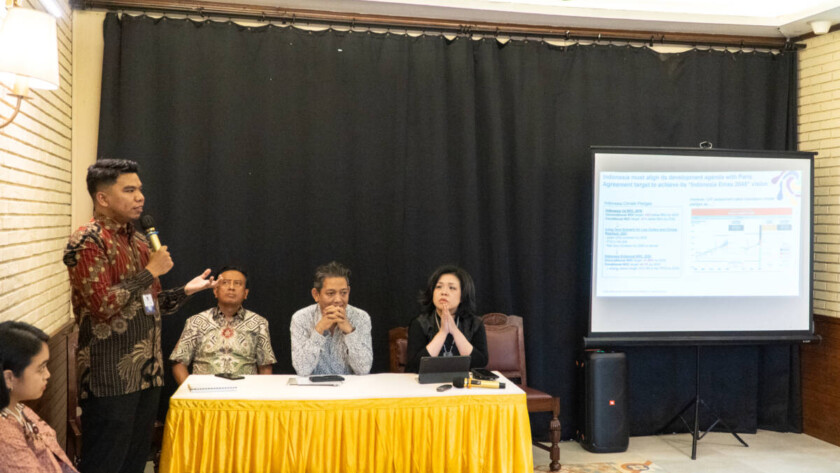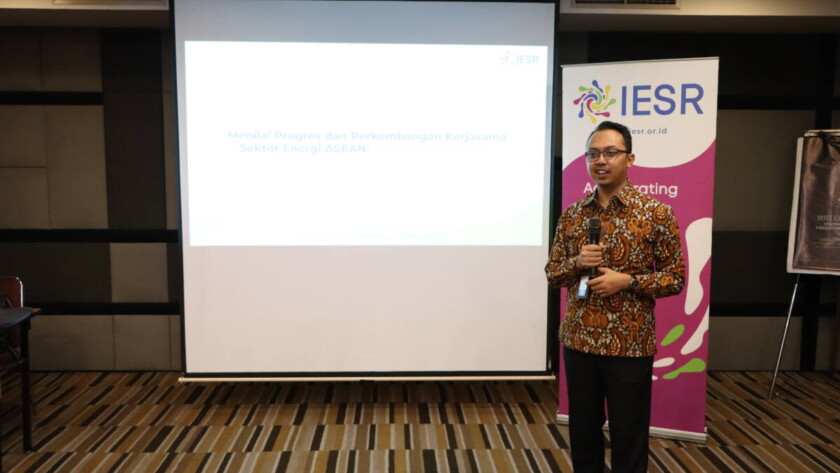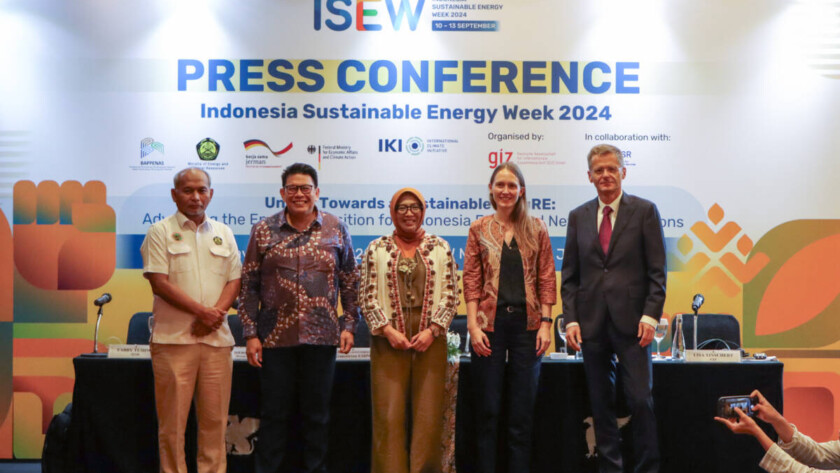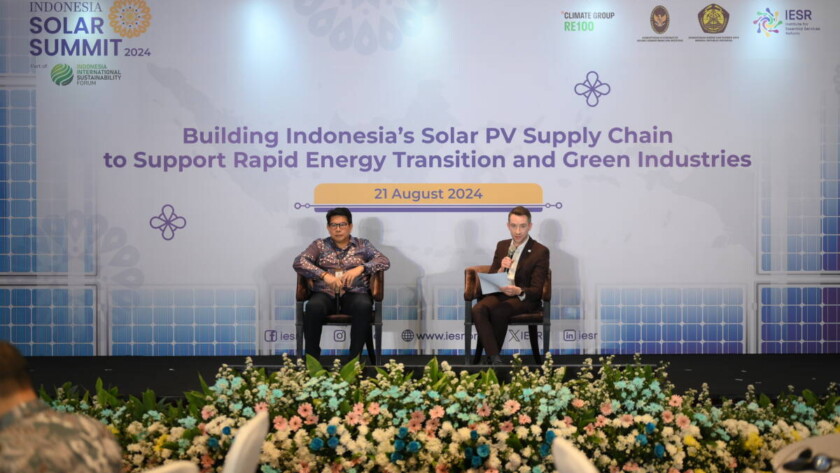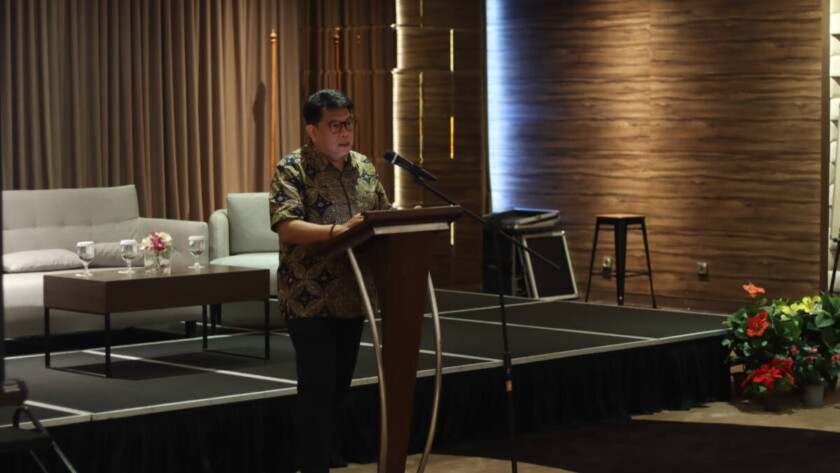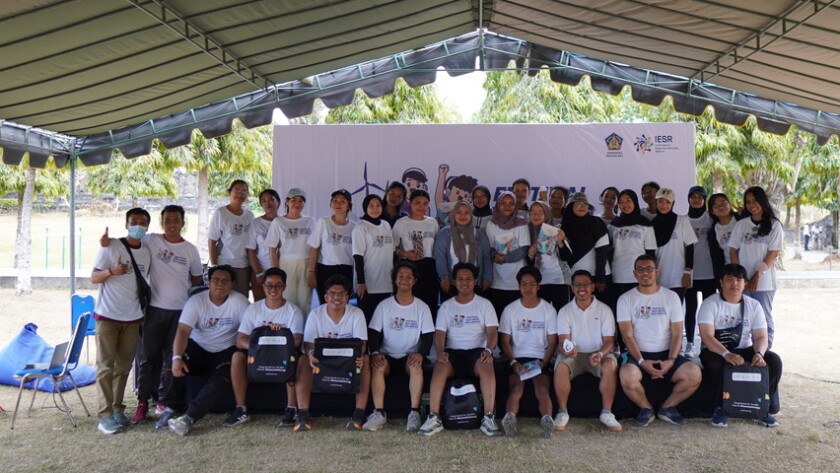Cirebon, September 28, 2024- RW 09 Kesunean Selatan has a mangrove forest area of 7.5 hectares, which can serve as a natural fortress that protects the area from flooding and tidal floods. However, the area continues to shrink due to other pressures, such as clearing paths to the sea, cutting down trees, and expanding settlements…




